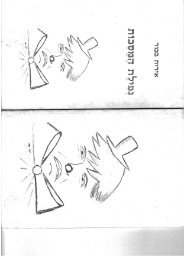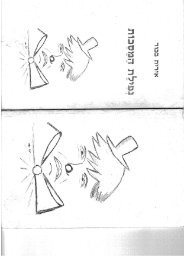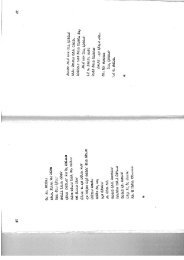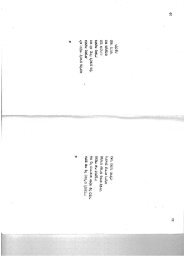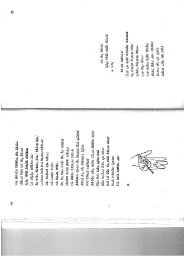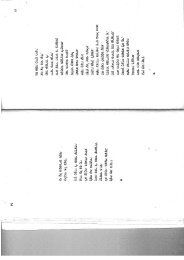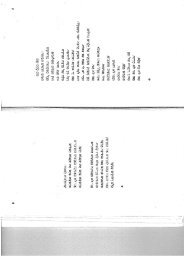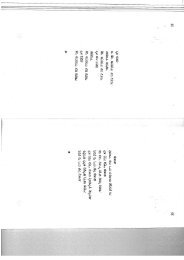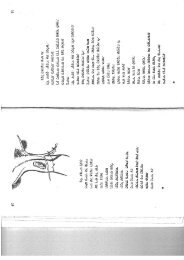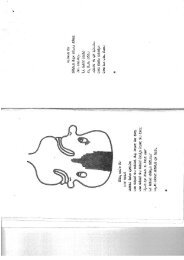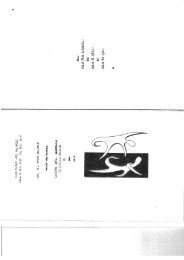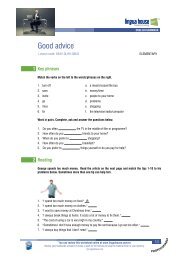developing_writing
Create successful ePaper yourself
Turn your PDF publications into a flip-book with our unique Google optimized e-Paper software.
I. Mechanics Contractions with have and will<br />
The helping verb for the present perfect tense is have. The helping<br />
verb for the future is will. These auxiliaries can combine with the subject<br />
pronouns and with not to form the contractions below. These contractions<br />
are common in informal <strong>writing</strong> and in speech.<br />
I + have = I’ve we + have = we’ve<br />
you + have = you’ve<br />
she + has = she’s he + has = he’s<br />
it + has = it’s they + have = they’ve<br />
have + not = haven’t has + not = hasn’t<br />
I + will = I’ll we + will = we’ll<br />
you + will = you’ll<br />
he + will = he’ll they + will = they’ll<br />
she + will = she’ll<br />
it + will = it’ll will + not = won’t<br />
Copy the sentences below, and make all the changes that are<br />
necessary. Use an apostrophe (’) in each contraction.<br />
1. sara won t leave fairbanks until June 1<br />
2. she won t be in Caracas until June 14<br />
3. she II visit her grandmothers in Chicago and miami<br />
4. they II be happy to see sara<br />
5. they haven t seen sara for years<br />
6. she II fly to Caracas on June 14<br />
7. sara s uncle lives in Caracas<br />
8. he II pick her up at the airport<br />
9. he s sent her the tickets and she s received them<br />
10. they ve made all their plans already<br />
11. sara hasn t flown alone before<br />
12. she won t have any trouble<br />
II. Sentence Construction The present perfect tense<br />
The present perfect tense is a combination of two verbs. The auxiliary<br />
is a form of have (have or has), and the main verb takes a participle form.<br />
115



